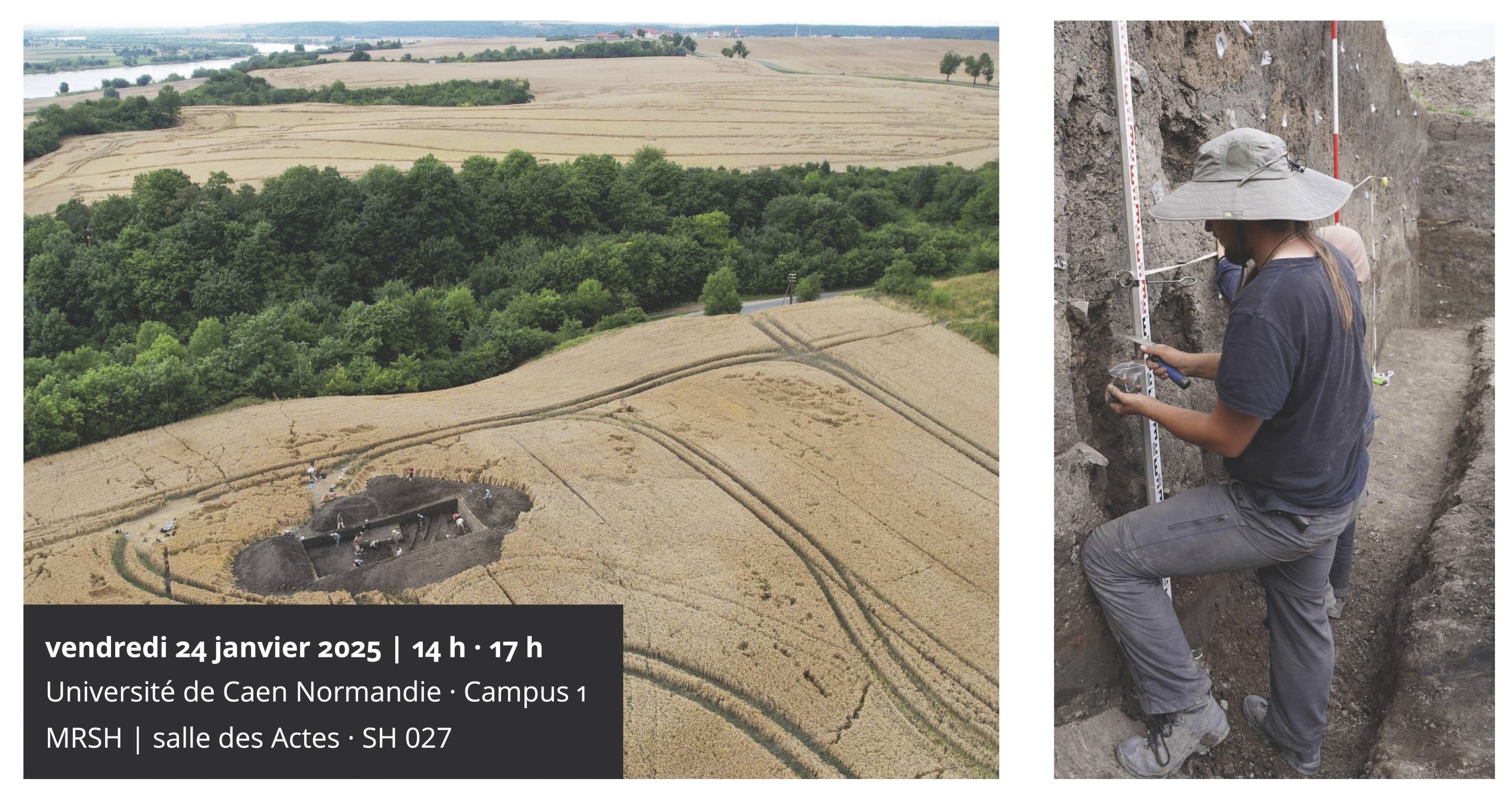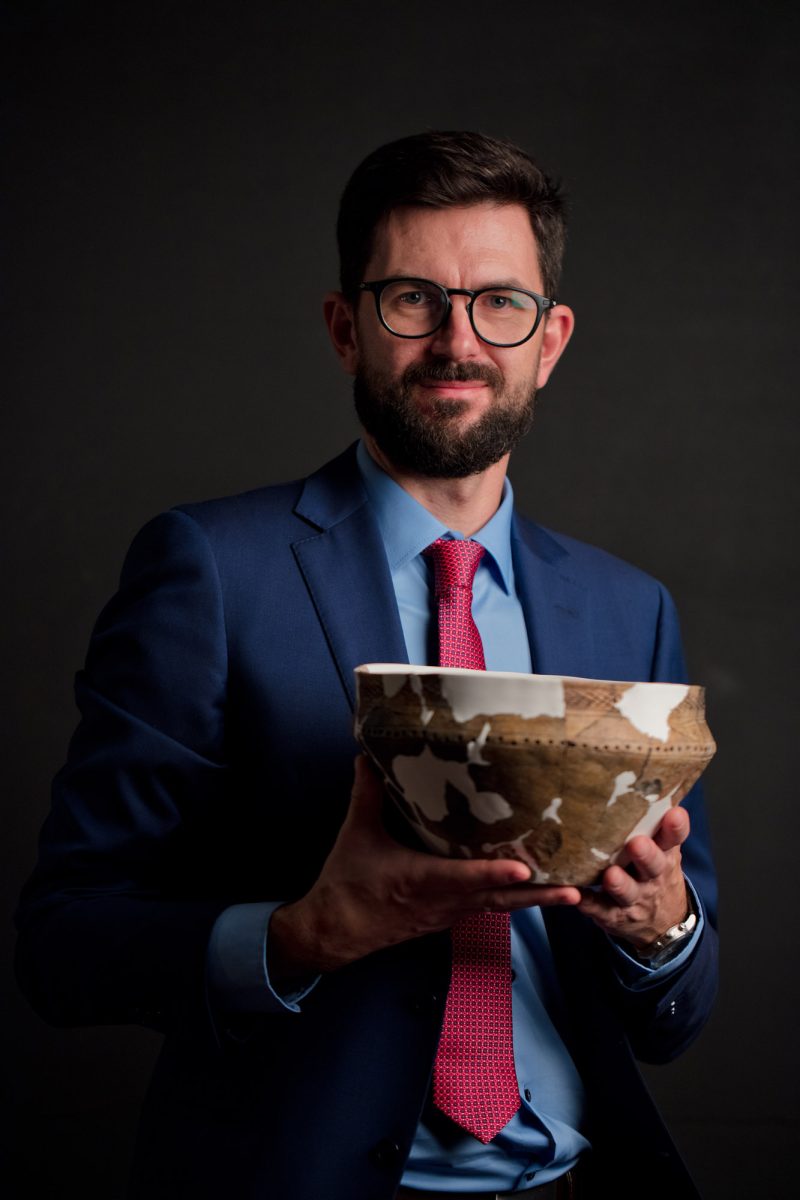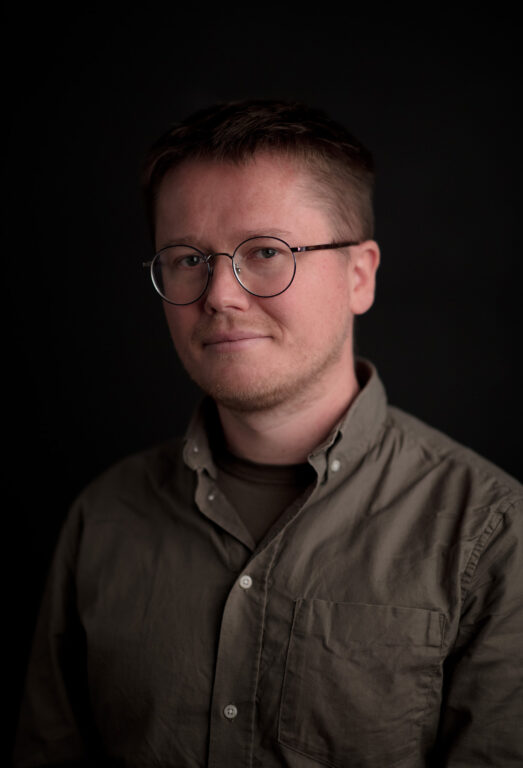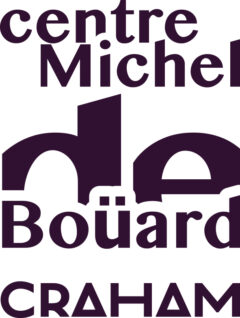
- Cet évènement est passé.

L’espace baltique, melting pot et carrefour culturel : un point sur les recherches récentes de l’archéologie polonaise
24 janvier 2025 · 14h00 – 17h00
Séminaire 2024-2025 Mondes nordiques et normands médiévaux
Communications
Between the Piast state and Scandinavia. Pomerania in 10th – 11th centuries
Sławomir WADYL (Faculté d’archéologie · Université de Varsovie, Pologne)
Dr Sławomir Wadyl est professeur adjoint au Département d’archéologie médiévale et moderne, Faculté d’archéologie, Université de Varsovie. Diplômé de l’Université Nicolas Copernic de Toruń, il a soutenu son doctorat en 2013 dans la même Université sur la frontière entres les Slaves et les tribus baltes au Moyen Âge. Aujourd’hui il mène ses recherches sur l’histoire médiévale du pays des Prussiens et de la Poméranie orientale. Il met en œuvre le projet « Ciepłe – un site du Moyen Âge central et la clé des Piasts pour la Poméranie orientale ». Un autre domaine de sa recherche concerne les changements des rites funéraires en Poméranie médiévale

Abstract : In the early Middle Ages, Pomerania was a central Baltic region benefiting from river networks that connected it to the depths of the Central European Plain. During the formation of the early Piast state (ca. 950 AD), it became a meeting point for influences from the German Kingdom, Scandinavia, Baltic territories, and Rus. The 10th to 12th centuries were marked by significant political, religious, economic, and social changes, including the adoption of Christianity and the process of state formation. The first Piast realm emerged in the first half of the 10th century in the lands around Gniezno. Recent archaeological findings indicate that the process of state formation involved abrupt cultural and civilizational changes. The expansion of the Piast state, from a small enclave largely restricted to the Gniezno Upland, into an extensive territorial domain began around the mid-10th century and progressed in stages.
Pomerania played a vitally important role in the creation of the Piast state. The significant economic burdens associated with the state’s formation and consolidation may have been offset by controlling strategic trade routes, including the Vistula waterway.
One of the most important settlement clusters in Eastern Pomerania is located in Ciepłe, approximately 70 km south of Gdańsk. The settlement complex in Ciepłe is a unique cluster of archaeological sites. Until recently, it was best known for the chance discovery in 1900 of a remarkable cemetery containing a Viking grave and the extraordinary cluster of three strongholds located a short distance away. Archaeological research had previously focused on the discoveries made at the cemetery. However, this necropolis is only one part of an extensive complex comprising three strongholds, several settlements, and two burial grounds. There is no evidence of earlier settlement at this site, which suggests that the complex was built from scratch. Research indicates that it was founded on the initiative of the first Polish rulers, Mieszko I (c. 960–992) or Bolesław I the Brave (992–1025). The exceptionally favorable location, which enabled easy communication with other areas of the state and access to (and control of) the Vistula waterway, was the primary reason for the high status of the Ciepłe complex.
Despite numerous clues pointing to its importance, the site at Ciepłe has never received the attention it deserves. The objective of the current research project (The Early Medieval Settlement Complex at Ciepłe: The Piast Dynasty’s Key to Eastern Pomerania, funded by the National Science Centre in Poland) is to investigate this important cultural and political center and examine its role in incorporating the region into the early Piast state. The studies encompass both the cemeteries and the settlement area. One of the most important tasks is to extend the scope of aDNA and stable isotope analyses, which will provide a much clearer view of the local population, its origins, mobility, relationships, and diet.
In the Melting Pot: Bioarchaeology of Early Medieval Pomerania and the Southern Baltic Coast
Rafał FETNER (Faculté d’archéologie · Université de Varsovie, Pologne)
Dr Rafał Fetner est professeur adjoint au Département de bioarchéologie, Faculté d’archéologie, Université de Varsovie. Il a obtenu son doctorat en 2016 dans la même Université, soutenant une thèse sur la reconstruction bioarchéologique de l’alimentation dans le contexte des changements politiques et environnementaux au Kurdistan irakien entre l’âge du bronze et la période islamique. Actuellement, il mène des recherches dans le domaine de l’ostéologie et de la bioarchéologie en Europe et au Moyen-Orient. Ses principaux projets de recherche concernent les changements économiques dans la partie orientale de la Méditerranée après la chute de l’Empire romain, l’origine de la population ayant laissé des tombes encerclées de pierres en Mazovie médiévale et les études ostéologiques des habitants du site Ciepłe, Pologne, au Moyen Âge central.

Abstract : The economic development of Pomerania and the southern coasts of the Baltic Sea during the last centuries of the first millennium led to the establishment of numerous trade ports, such as Wolin and Truso. These centers served as significant economic hubs, attracting people from distant regions and creating a cultural melting pot where traditions, customs, and practices intermingled. Bioarchaeology provides tools for analyzing these processes, including strontium, carbon, and nitrogen isotope analyses, which enable the reconstruction of the origin and diet of past populations.
Strontium isotope analyses, based on the relationship between geological substrates, food, and consumers, allow for determining the origin of individuals. The study of tooth enamel captures the environmental conditions in which a person grew up. Meanwhile, carbon and nitrogen isotope ratios provide information on dietary structure, the contribution of marine and terrestrial food, and the identification of specific products such as millet.
Findings from Ciepłe indicate a predominantly terrestrial diet with a minor contribution from marine fish and millet. Average carbon (-19.3‰) and nitrogen (10.4‰) isotope values, along with relatively homogeneous strontium isotope values (0.7094–0.7119), suggest a local population, with one individual identified as a migrant (0.7130).
A meta-analysis of isotopic data from 285 individuals across seven sites reveals dietary diversity in the southern Baltic region, evident in varying contributions of marine fish and millet. Strontium isotope results from 11 sites (360 individuals) demonstrate general population homogeneity in the region, with occasional individuals showing outlier values indicative of migration. Similarities among sites likely result from uniform geological conditions shaped by glacial activity.
Isotopic studies enable the reconstruction of mobility and diet in medieval communities, providing valuable insights into cultural and economic processes in the southern Baltic region during the late first and early second millennium.
Portraits : Photos Miron Bogacki (fotostacja.pl)
Coordination de la séance
P. Bauduin, A. Musin (UMR Craham · Unicaen)

